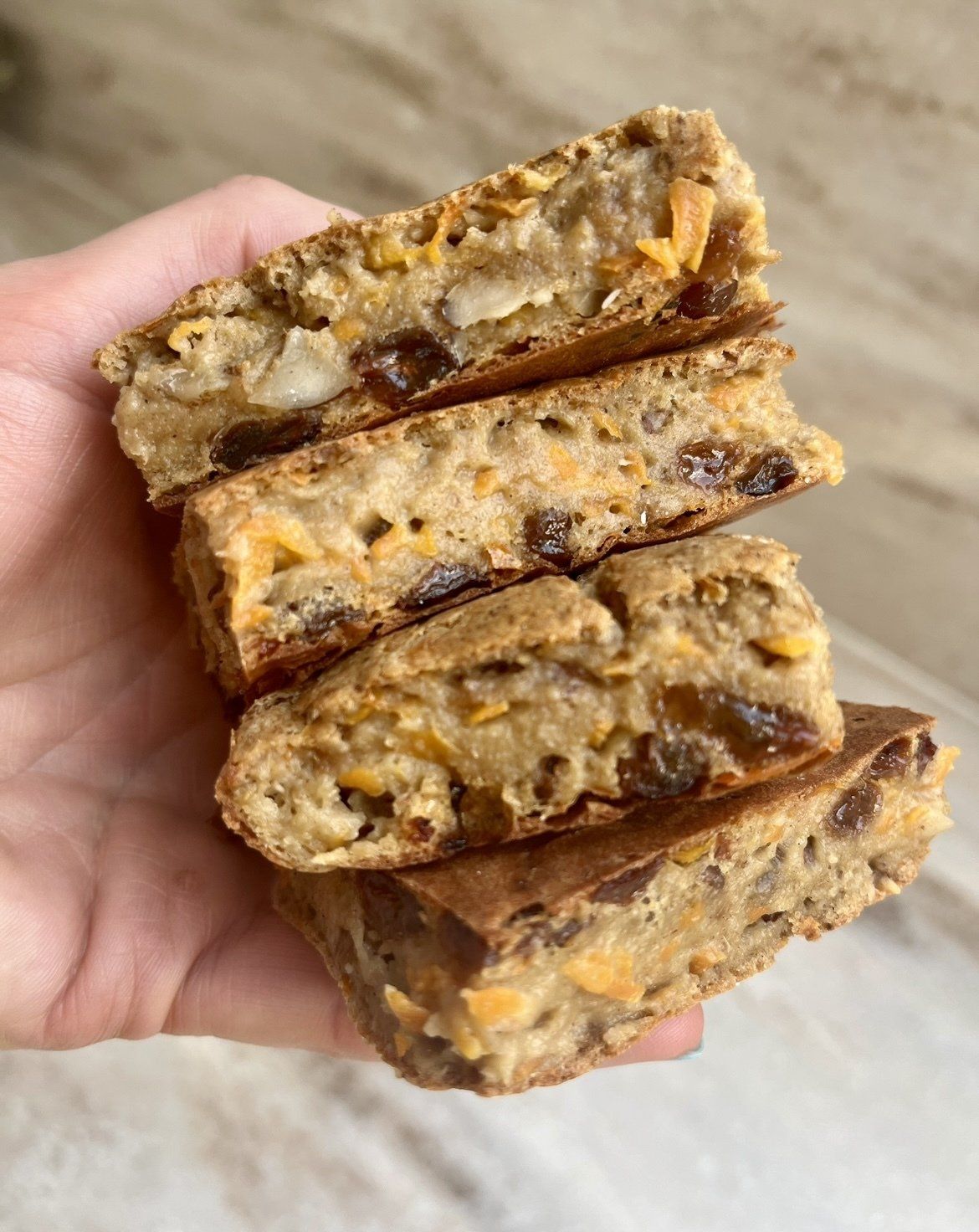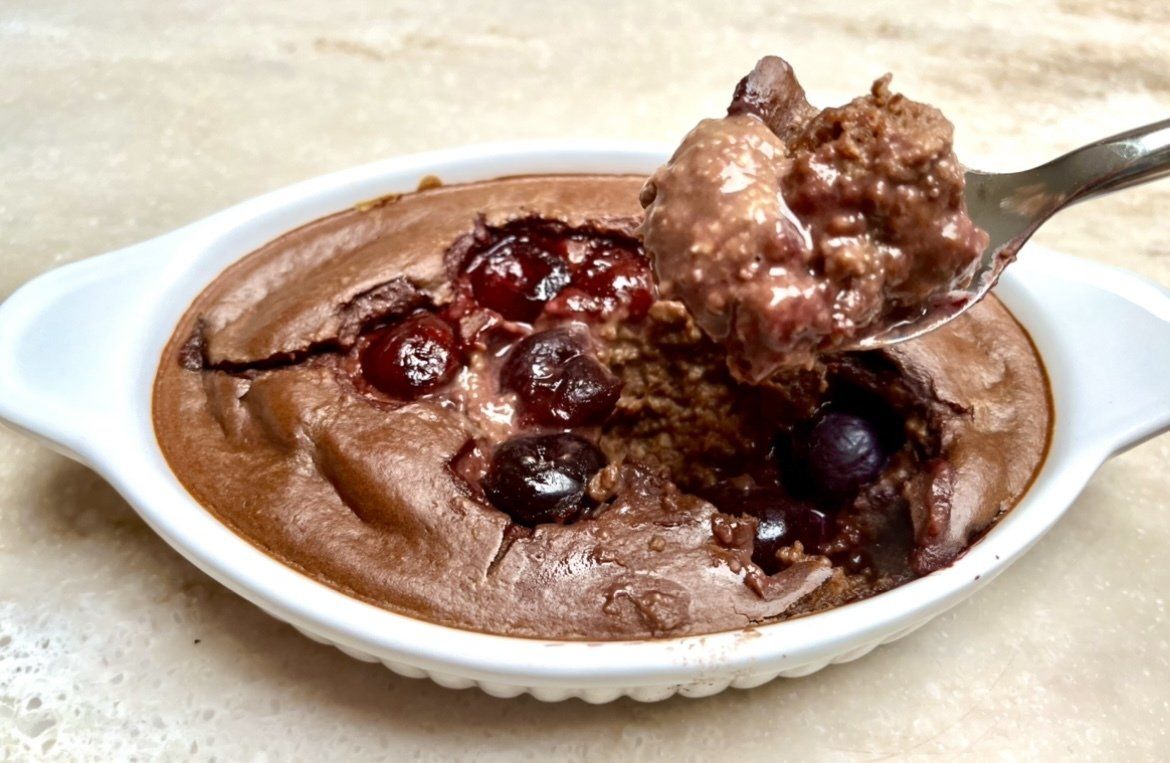Understanding Food Labels
Understanding Food Labels
When it comes to food shopping, reading food labels can be time consuming and confusing. Luckily, we do have legislation in place that protects consumers from false claims, however there are still ways we can get misled by wording and branding.
Labelling food can either be mandatory or voluntary. Things like common allergens present in the food, “best before” and “use by” are mandatory. Other labels such as the Traffic Light system is voluntary, which highlights content as being high (red), moderate (amber), and low (green).
Traffic Light
Although Traffic Light labelling can provide helpful immediate nutritional information, it only captures fat, saturated fat, sugar and salt content.
Red - should not be eaten regularly, or in large amounts.
Amber - can be consumed most of the time as part of a healthy, varied diet.
Green - can be consumed regularly as part of your daily diet.
Be aware that protein, fibre and micronutrient (vitamin and mineral) content isn’t taken into consideration here. So, for example, fruit juices can contain comparable amounts of sugar (although naturally occurring), to fizzy drinks, but fruit juice also contains beneficial micronutrients that fizzy drinks do not.
Claims
These are legally regulated and include “high in” and “source of” claims.
For example, this can be seen in our keen interest in protein, and subsequent development of protein-rich products – from crisps, snacks and cereals to drinks.
“High in protein” - at least 20% of the energy per 100g of the product must come from protein. “Source of protein” - 12% of the energy per 100g must come from protein.
“Low-fat”, “reduced fat” and “light” products
“Low-fat” and “reduced fat” - these versions of foods aren’t always the healthiest. Sometimes fat is replaced with extra sugar and/or salt, for flavour. It’s beneficial to compare the sugar and salt content in the original product, against the reduced or low-fat version.
“Light” - for a food to constitute as being “light”, it must have 30% less fat or sugar than a similar product to which it’s being compared to. So, if the original product is particularly high in fat and/or sugar, even a 30% reduction can mean it’s still a food to be mindful of eating in large or frequent quantities.
Serving Size
It’s very important to take note of the nutritional information calculated on a single “serving” or “portion” size. This may differ to the way the product is packaged. For example, some chocolate bars are sold as twin bars, but the nutritional information is actually only for one bar.
Ingredients list
If the product has two or more ingredients, then an ingredients list is mandatory. Each ingredient is listed in weight order from biggest to the smallest. So, if the first few ingredients are sugars and fats, then they will be making up the majority of that product. Look for ingredients you recognise as being real food, and not a long list of chemicals.

Sunshine Nutrition. All Rights Reserved.

